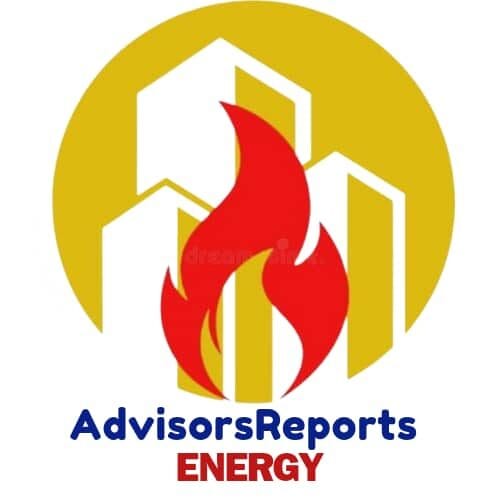…flared gas in 2023, reaches 148 bcm, highest level since 2019
… 9 bcm increase reverts world to levels last seen in 2019, with 6 years left to zero routine flaring deadline
Oredola Adeola
The World Bank has reported that oil companies operating in Nigeria, Russia, Iran, Iraq, the United States, Venezuela, Algeria, Libya, and Mexico are responsible for 75% of an estimated 148 billion cubic meters(bcm) of gas flared globally in 2023, marking a 7% increase from 2022.
This was revealed in the World Bank’s Global Gas Flaring Tracker report released on Thursday and reviewed by Advisors Reports.
Meanwhile, the report noted that over 60 other countries account for the remaining 25% of global gas flare volumes.
According to the tracker, those nine oil-producing countries represented 46% of the world’s oil output.
The report noted that flaring intensity in Nigeria has remained largely unchanged due to ongoing oil production activities.
Data analyzed by Advisors Reports indicated that Nigeria’s flare gas emissions increased by approximately 1 bcm in 2023, reaching a total of 6 bcm—up from 5 bcm in 2022—suggesting a return to pre-2020 levels, when emissions were 7.5 bcm in 2019, before decreasing to around 7 bcm and 6.5 bcm in 2020 and 2021.
The report also noted that most of the gas flared globally is produced in association with crude oil (associated gas). Flaring intensity measures the volume of gas flared, in cubic meters, per barrel of oil produced.
The latest Global Gas Flaring Tracker Report revealed that the 7% rise in global gas flaring volumes resulted in an additional 23 million tonnes of CO2e emissions, including a substantial amount of methane.
The report stated that GFMR estimates that in 2023, flaring released 381 million tonnes of CO2e, with a significant portion in the form of unburnt methane. This increase is equivalent to adding five million cars to the roads.
It emphasised that even more disturbingly, on a 20-year basis where methane has a global warming potential up to 80 times greater than carbon dioxide increasing the emissions to 458 million tonnes of carbon dioxide equivalent.
“The report also underscores the ongoing challenge of measuring methane from flaring. If flares are less efficient than assumed, the actual emissions could be higher than current estimates suggest.
While some countries have made strides in reducing flaring, the overall increase in 2023, according to the report demonstrates the need for continued and enhanced efforts.
The World Bank therefore calls on governments, operators, and stakeholders to prioritize sustained action to reduce gas flaring and methane emissions from oil and gas operations to mitigate climate change impacts and ensure a sustainable future.
The largest increases in flaring in 2023, according to the report, occurred in the Islamic Republic of Iran, Russia, the United States, and Libya of the top nine flaring countries——which together accounted for 9 bcm of additional gas flaring.
In Russia—which remains the top flaring country in the world—flaring increased by 11 percent. In the United States, the Islamic Republic of Iran, and Libya, flaring increased by 21, 19, and 25 percent, respectively.
The report emphasized the urgency of reducing gas flaring and methane emissions from oil and gas operations to mitigate climate change impacts and ensure a sustainable future.
It estimated that the gas flared in 2023 could have been utilized to improve energy access, particularly in energy-poor regions like Sub-Saharan Africa.
Zubin Bamji, World Bank Program Manager, Global Flaring and Methane Reduction (GFMR) Partnership, Energy and Extractives Global Practice, in his remark, noted that the increase in global gas flare volumes has taken the world back to levels last seen in 2019.
According to him, with only six years left to achieve Zero Routine Flaring by 2030, the world needs to rapidly accelerate efforts to reduce gas flaring.
He said, “This year’s Tracker Report comes as a global sense of urgency is taking hold.
“At the same time, oil and gas will continue to play a material role in the global energy system until at least 2050.
“This places the burden of responsibility on operators to ensure that oil and gas are produced as cleanly as possible during the energy transition.
He further stated that the World Bank has launched the Global Flaring and Methane Reduction (GFMR) Partnership, to support countries with the least resources and capacity to address greenhouse gas emissions from the oil and gas sector.
He added that the GFMR builds on the legacy of the Global Gas Flaring Reduction Partnership and broadens the scope to include providing support for gas flaring and methane emissions reduction along the entire oil and gas value chain.
Bamji therefore urged all oil and gas producers to carefully assess how they produce oil and gas and identify and seize opportunities for effective and long-term flaring reduction.
The World Bank’s Global Flaring and Methane Reduction (GFMR) Partnership, consisting of governments, oil companies, and international institutions, produced this annual report to address the ongoing challenge of gas flaring.




